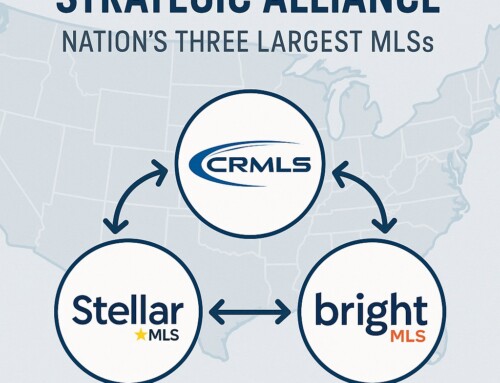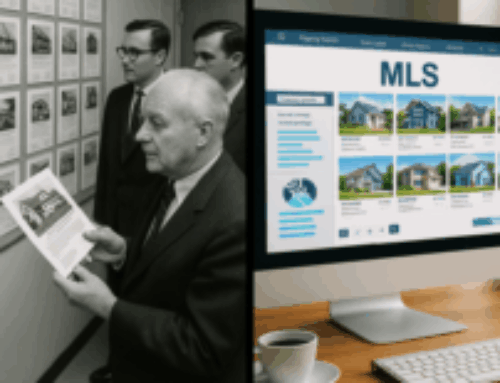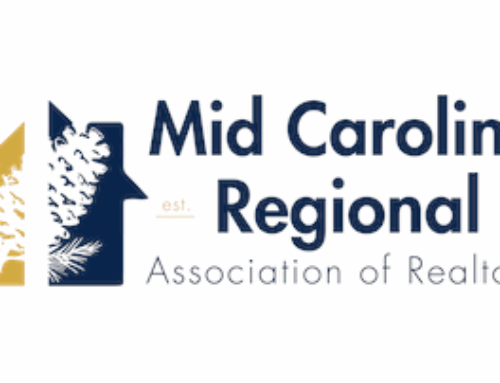 Real Estate data is an industry asset because of the MLS efforts on curation, cleaning, security, distribution along with careful data licensing. These best practices by MLSs are the cornerstones of establishing the legal position to maintain the ability to copyright listings.
Real Estate data is an industry asset because of the MLS efforts on curation, cleaning, security, distribution along with careful data licensing. These best practices by MLSs are the cornerstones of establishing the legal position to maintain the ability to copyright listings.
The realm of copyright law is a delicate balance between protecting the rights of brokers and fostering the dissemination of aggregated listings. Two key concepts in this legal framework are copyright infringement and fair use. While copyright infringement entails the unauthorized use of protected material, fair use provides a legal defense for specific uses that serve the public interest.
Zillow Group was able to fend off the copyright claims by the photographers in the VHT case by arguing Fair Use.
Understanding the nuances of these concepts involves a careful examination of the four-factor balancing test, a crucial tool in determining the legality of a particular use of copyrighted listings.
The Four-Factor Balancing Test:
The U.S. copyright law establishes a four-factor balancing test to assess whether a particular use qualifies as fair use. These factors are considered on a case-by-case basis, and no single element is determinative. Let’s delve into each factor with illustrative examples:
- The Purpose and Character of the Use:
-
- Example: Transformative Use
- **Scenario:** An artist creates a parody of a well-known copyrighted painting, infusing humor and commentary.
- **Analysis:** The transformative nature of the new work, which adds a different purpose or character to the original, may weigh in favor of fair use.
- Example: Transformative Use
- The Nature of the Copyrighted Work:
-
- Example: Factual vs. Creative Works
- **Scenario:** A researcher quotes from a factual, non-fiction book in their scholarly article.
- **Analysis:** The use of factual or informational content, as opposed to highly creative or fictional material, might favor a finding of fair use.
- Example: Factual vs. Creative Works
- The Amount and Substantiality of the Portion Used:
-
- Example: Limited Quotation
- **Scenario:** A book reviewer quotes a small excerpt from a novel to illustrate a point in their review.
- **Analysis:** The use of a limited portion, both quantitatively and qualitatively, for the purpose of criticism or review may be considered fair use.
- Example: Limited Quotation
- The Effect of the Use on the Market for the Original:
-
- Example: No Market Harm
- **Scenario:** A teacher distributes a limited number of photocopies of a chapter from a textbook to students for educational purposes.
- **Analysis:** If the use does not substantially impact the market for the original work or serve as a substitute for it, this factor may support a fair use defense.
- Example: No Market Harm
Case-by-Case Consideration
 It is important to note that these examples are mere illustrations, and each case is unique. Courts consider these factors collectively, aiming to strike a balance that promotes the broader public interest in accessing and utilizing creative works, while respecting the rights of copyright holders. In other words, copyright protection is a slippery slope and it is hard to determine when fair use crosses over to copyright infringement. But the stakes are high. Courts can order damages for copyright infringement that range from USD$750 to $30,000 per item (i.e. photography) or “willful” infringement of up to $150,000.
It is important to note that these examples are mere illustrations, and each case is unique. Courts consider these factors collectively, aiming to strike a balance that promotes the broader public interest in accessing and utilizing creative works, while respecting the rights of copyright holders. In other words, copyright protection is a slippery slope and it is hard to determine when fair use crosses over to copyright infringement. But the stakes are high. Courts can order damages for copyright infringement that range from USD$750 to $30,000 per item (i.e. photography) or “willful” infringement of up to $150,000.
There is an excellent book that every MLS executive should read, Real Estate Listings and Copyright by Brian Larson and Mitchell Skinner. The book provides a comprehensive overview of legal issues relating to copyrights in real estate listings. Since the book was published, there have been some changes in portfolio strategies, copyright registration, and enforcement that you will want to discuss with your legal counsel.
Balancing copyright protection and fair use involves a nuanced evaluation of various factors. As technology and modes of creative expression evolve, the application of the four-factor test continues to be a dynamic and context-dependent process. Navigating the intricate terrain of copyright law requires a careful consideration of the competing interests, fostering a delicate equilibrium that respects both the rights of creators and the societal benefits derived from the free exchange of ideas and information.
What NAR and the NFL teach us about copyright
The National Association of REALTORS® has done a remarkable job of maintaining the strength of the REALTOR® brand with their copyright policies and strategies. In so many ways, the label Realtor® has become synonymous with ‘real estate agent’ much in the same way that Kleenex has become synonymous with tissue paper.
NFL Enterprises, LLC has created a company called Next Gen Stats whereby the league collects data about the game and players. The website is worth looking at – they combine news, stats, charts, highlights, and live stats (powered by a partnership with Amazon QuickSight. If you want to see the positioning of the partnership with Amazon – AWS has placed a great page on their domain that will expand your understanding of how they are applying machine learning to data for the NFL.
In real estate, there are two companies pursuing the collection and monetization of real estate listings data. The leader who has been at since 2010 is CoreLogic though their Partner InfoNet program. The newcomer is REdistribute, a company who counts 7 MLSs as investors.
About CoreLogic Partner InfoNet
Partner InfoNet is a program launched in 2010 by CoreLogic®, a leading provider of property information, analytics, and data-enabled services, for multiple listing service (MLS) organizations. It’s essentially a revenue-sharing program where MLSs can license their listing data to CoreLogic for use in various risk management products for mortgage lenders, servicers, and the capital markets.
Here’s a breakdown of its key features:
Benefits for MLSs:
- Generate additional revenue: MLSs earn royalties for participating in Partner InfoNet, providing a new income stream for their members.
- Secure data sharing: CoreLogic implements robust data protection measures to ensure the security of listing information.
- Improved risk management: By providing access to accurate and comprehensive listing data, Partner InfoNet contributes to better risk assessment and decision-making in the mortgage industry.
Benefits for CoreLogic:
- Access to rich data: Partner InfoNet expands CoreLogic’s data resources with valuable insights into property listings and market trends.
- Enhanced risk management products: The program allows CoreLogic to develop more accurate and efficient risk management tools for its clients.
- Stronger industry relationships: Partner InfoNet fosters collaboration between
CoreLogic and MLSs, promoting mutual growth and innovation in the real estate and mortgage sectors.
Overall, CoreLogic Partner InfoNet represents a win-win situation for both MLSs and CoreLogic. It provides a secure and beneficial way to monetize listing data, enhance risk management in the mortgage industry, and ultimately contribute to a more efficient and stable real estate market.
Here are some additional points to note:
- The program has been successful, with over 100 MLS participants and 13+ years of operation.
- The program has received positive feedback from both MLSs and industry stakeholders.
We hope this explanation provides a comprehensive overview of CoreLogic Partner InfoNet.
About REdistribute
REdistribute was formed in 2022 and launched as a product in April of 2023 with the stated goal of creating new revenue opportunities for MLSs and the brokers they serve by licensing, aggregating and selling MLS content to institutional buyers such as mortgage, insurance and other housing related services. In addition, REdistribute aims to provide transparency back to MLSs on the value of their data and how it is being licensed outside of traditional use by brokers and agents.
Benefits to the MLS and Brokers:
- Non-dues revenue opportunity for MLSs in the form of royalties back to the MLS on all top line revenue. Some REdistribute founders and participants plan to share this revenue back with their listing brokers.
- Transparency in reporting the value created from MLS data and the use cases that generate the most value. This comes in the form of a quarterly report to all participating MLSs that includes all revenue generated by REdistribute and how their royalty payment is calculated.
- Secure data storage and delivery with rigorous licensing enforcement ensuring the value of the MLS data is maintained.
REdistribute has demonstrated great progress in the first year, including the following milestones:
- Nearly 50% of the MLS listings in the US are licensed to REdistribute and this number is increasing monthly.
- MLSs now have a “seat at the table” in fostering relationships with institutions users of MLS data, which allows for better collaboration and identification of opportunities for innovation that benefit both consumers and real estate professionals.
- Royalty payments to MLS licensors begin in Q1 of 2024.
- Feedback from REdistribute data consumer clients is positive with a focus on the value of a modern tech stack for delivering timely, accurate MLS data directly from the sources.




